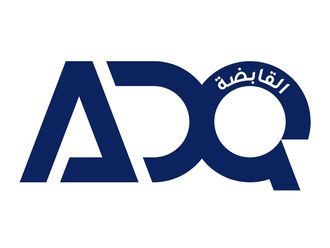London: Foreigners are holding a record amount of local-currency debt from developing nations in Europe, the Middle East and Africa, putting markets there at risk of a sudden exodus if US and euro-area officials tighten monetary policy more than analysts expect.
Overseas investors now own 27.8 per cent of the region’s bonds, led by South Africa, the Czech Republic and Russia. The bet has paid off this year, with government notes from EMEA up 15 per cent in dollar terms, beating the 9.2 per cent average return for all emerging markets, according to Bloomberg indexes.
Currency stability, paltry yields in developed markets, and low volatility have spurred inflows to developing nations this year, while subdued outlooks for inflation and dovish monetary policies have juiced returns on local credit. Christian Wietoska, a strategist at Deutsche Bank AG in London, says investors need to be selective about where they’re putting their money as overseas ownership piles up and the US moves closer to higher rates.
“Some countries look already very crowded, particularly South Africa, Peru, Colombia, and also Russia, Egypt,” Wietoska said. “Those bond markets are more vulnerable to external shocks and we could see a noticeable sell-off in the case of US rate repricing.”
Emerging-market investors may get clues on the future of the European Central Bank’s bond-buying program on Thursday when Mario Draghi is set to give a policy update.
Global inflows
One quantum of solace: non-resident ownership of local-currency government bonds in all developing nations — including in Asia and Latin America — is below the average of the past four years, according to a Deutsche Bank analysis of 18 markets, suggesting global inflows have room to increase if economic growth accelerates. Also adding support is market scepticism about a US rate increase this year, with traders now assigning just a 25 per cent probability.
“All in all, positioning is clearly more crowded than in previous years,” Wietoska said. “However, overall it’s not yet at extreme levels.”
The share held by foreigners hit 22.4 per cent in July for a 0.9 percentage-point increase this year. That’s below the 22.8 per cent average notched since April 2013, just before hawkish Federal Reserve chatter spurred a harsh sell-off known as the Taper Tantrum. Positioning also remains below the post-crisis peak of 24.5 per cent posted January 2015.
Deutsche Bank’s data show foreign ownership in Brazil and Turkey are at modest levels, and notably light in India and Thailand. The statistics reflect holdings among asset managers, monetary authorities and private banks.
“There’s moderate room for more foreigner buying and tighter spreads,” said Koon Chow, a strategist at Union Bancaire Privee Ubp SA in London. “Current foreign holdings reflect improvements in economic fundamentals, and fiscal policy is finally stabilising.”











